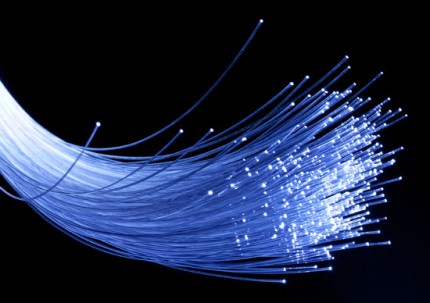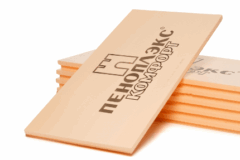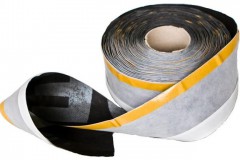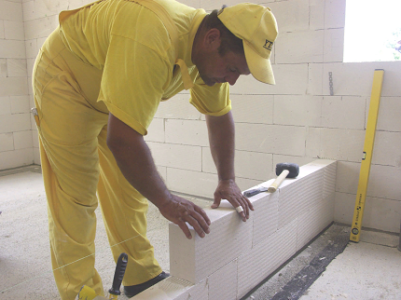Introduction to Fiber-Optic sensors
Fiber-optic sensors are the sensors that take advantage of optical fiber either as the intrinsic sensors (“sensing element”) or as a means of relaying signals to the electronics from remote sensors that process the signals (“extrinsic sensors”).

Fiber has many applications in remote sensing. Depending on the application, the fiber may be used because of its small size, or because no electrical power is required at a remote location, or because the light for each sensor is connected to multiple sensor fibers using wavelength shift is connected which can be multiplexed along the length, or by sensing the time delay in the passage of light along with the fiber through each sensor. A device known as an optical time-domain reflectometer is used to determine the time delay and an instrument that implements optical frequency domain reflectometry is used to calculate the wavelength shift.
Fiber-optic sensors are also immune to electromagnetic interference and do not conduct electricity, so they can be used in places where there is high voltage electricity or flammable materials such as jet fuel. Fiber-optic sensors are designed to work under high temperatures as well. The precision optical products manufactured by the optical thin film coating companies are very precise, just like pfg.
Chemical sensors and biosensors:
It is well known that the propagation of light in an optical fiber is limited at the core of the fiber-based on the total internal reflection (TIR) principle and near-zero propagation loss within the cladding, which is very important for optical fiber. Communicates but cannot interact with ambient light. limits transmission. Its sensing applications are due to non-interaction. Therefore, it is highly important to exploit novel fiber-optic structures in order to interrupt in between the propagation of light, which eventually enables the interaction of light with surroundings and designing fiber-optic sensors. So far, several methods have been proposed, including polishing, chemical etching, tapering, bending, as well as femtosecond grating inscription, to prepare the light diffusion and induce the interaction of light with the sensing material. Enhanced refracting fields can be efficiently excited to expose the light and induce it to interact with the surrounding medium. However, the fibers are only capable of sensing only a few types of analytes with zero-selectivity and low sensitivity, which greatly limits the applications and development, especially in the case of biosensors that require both high selectivity and high sensitivity.











Оставить комментарий